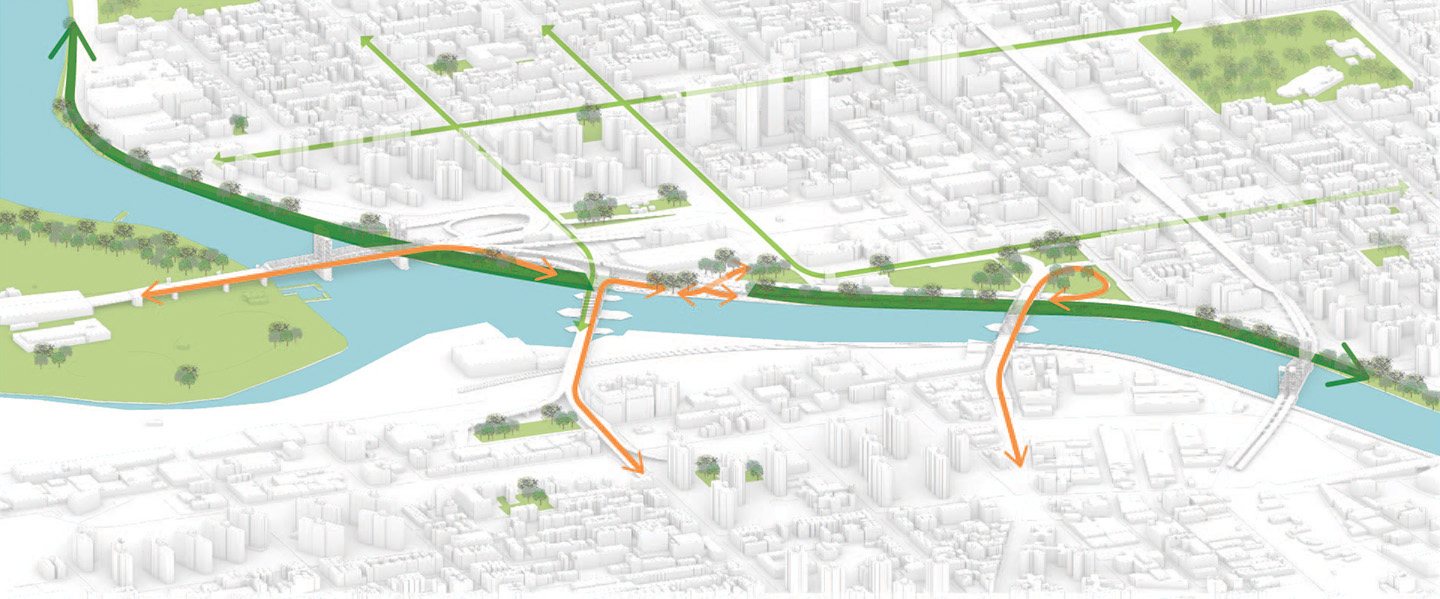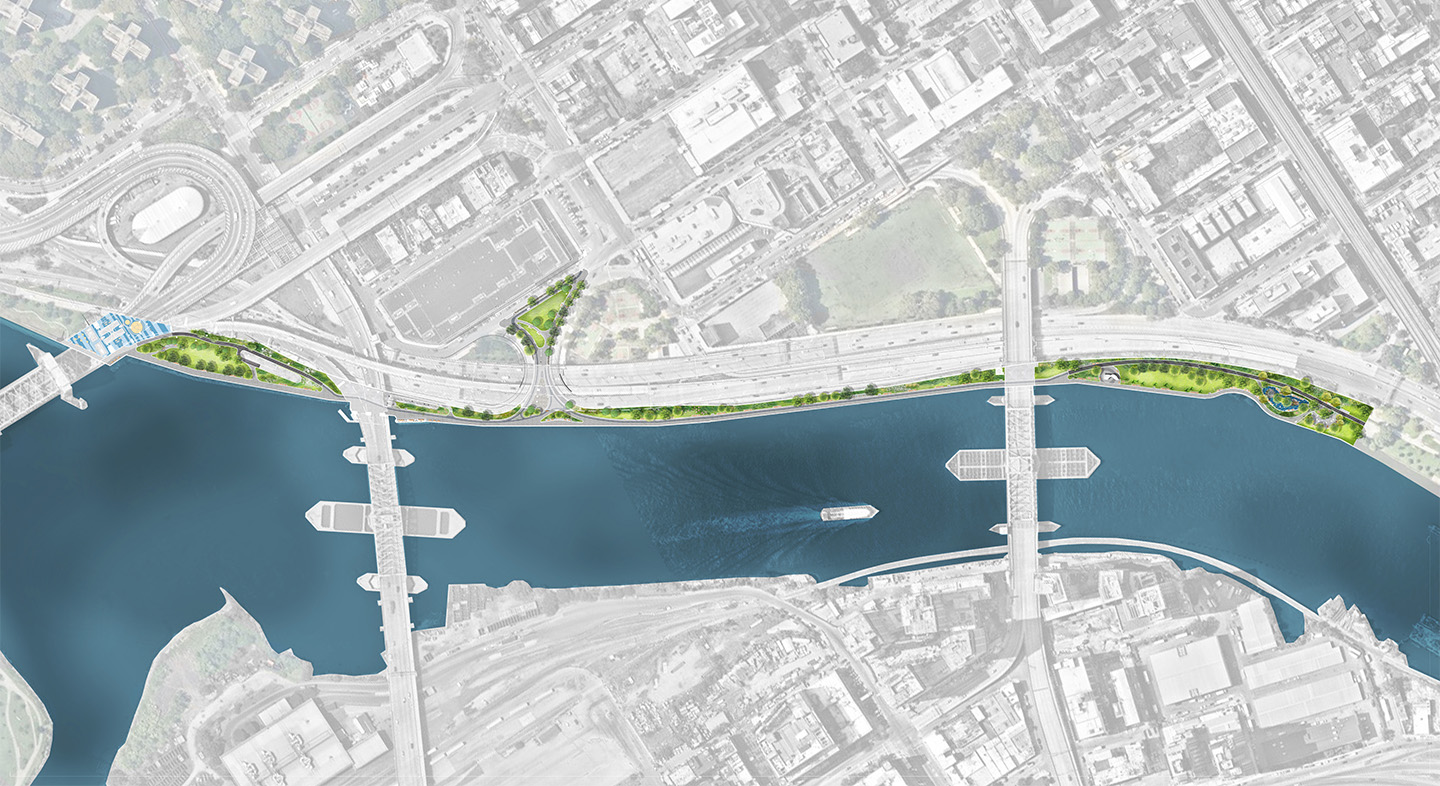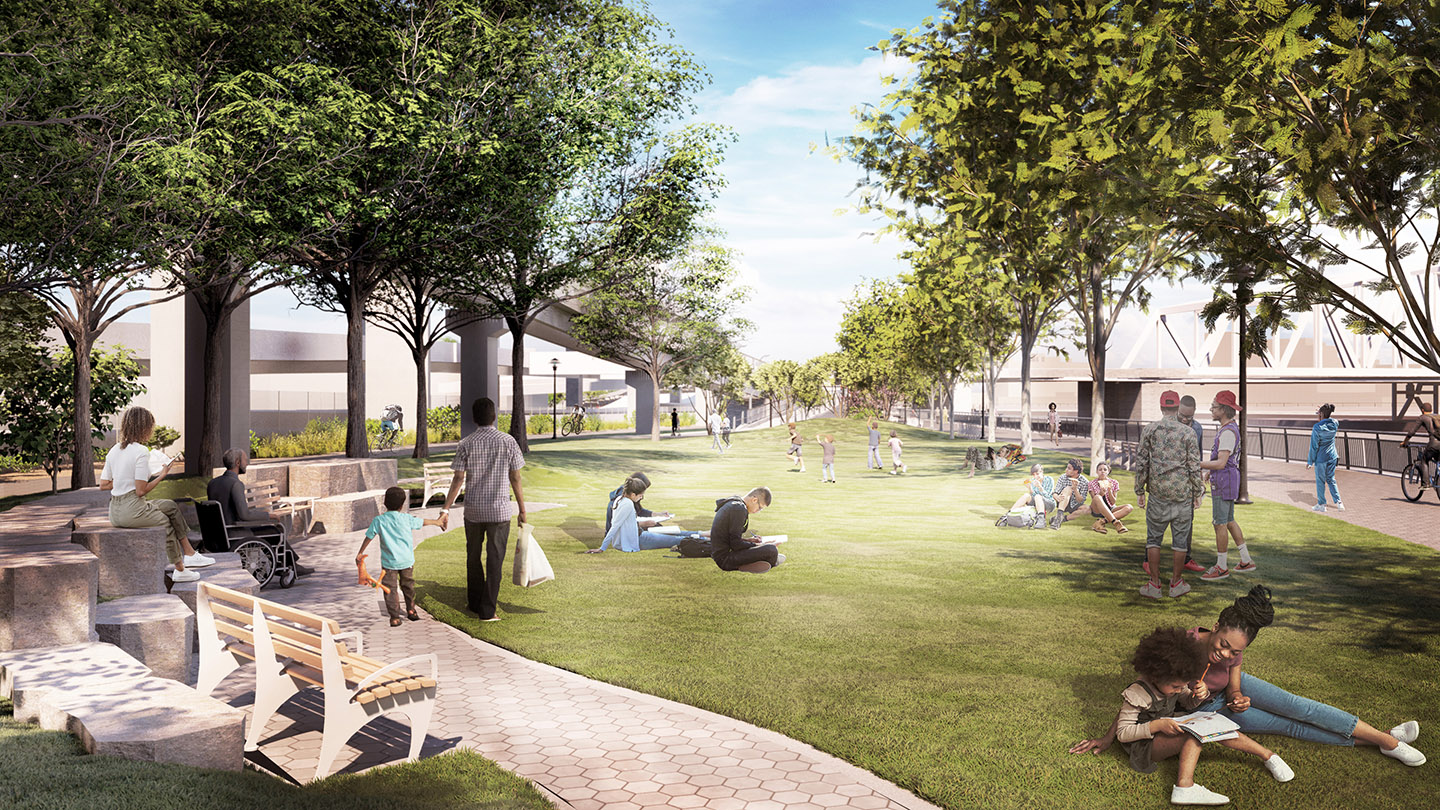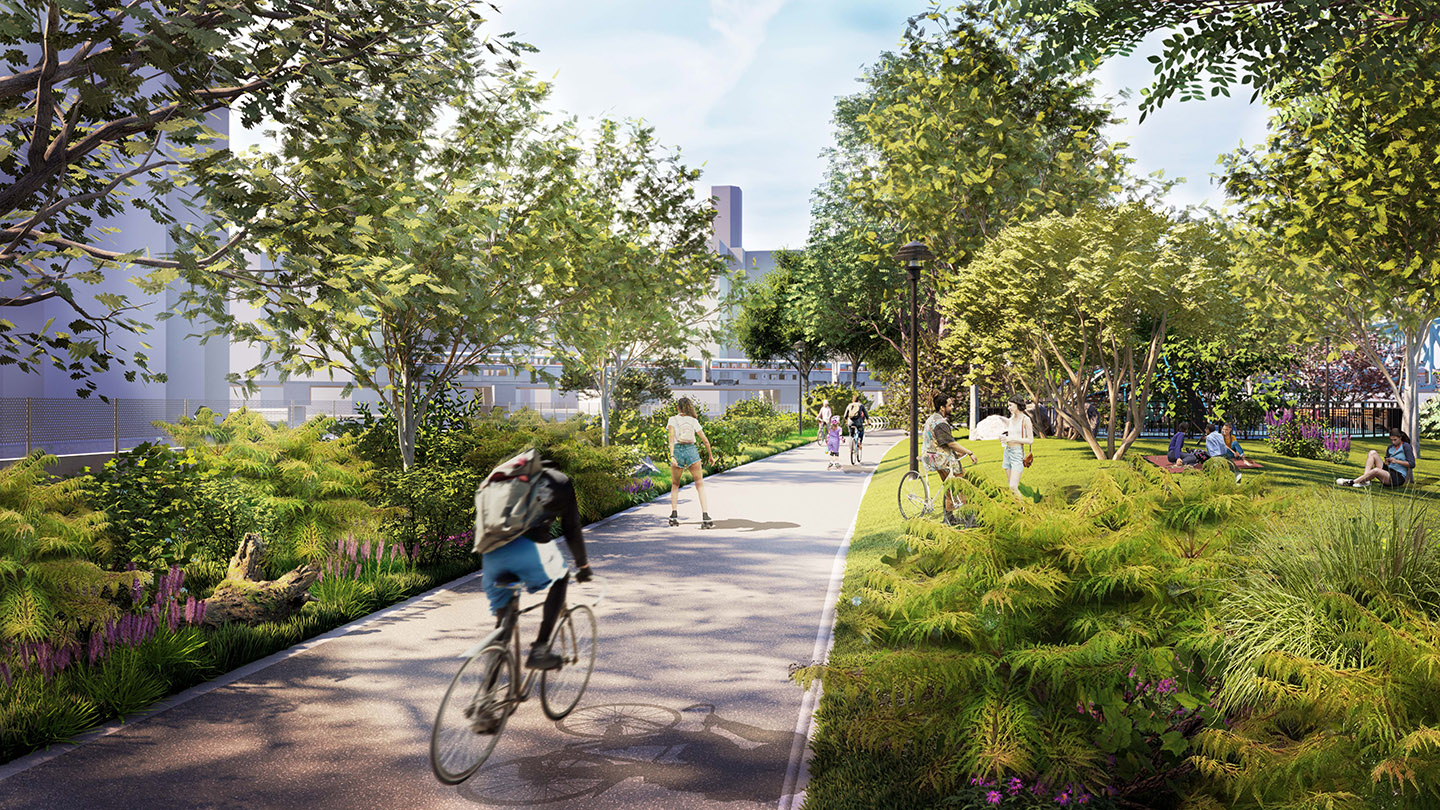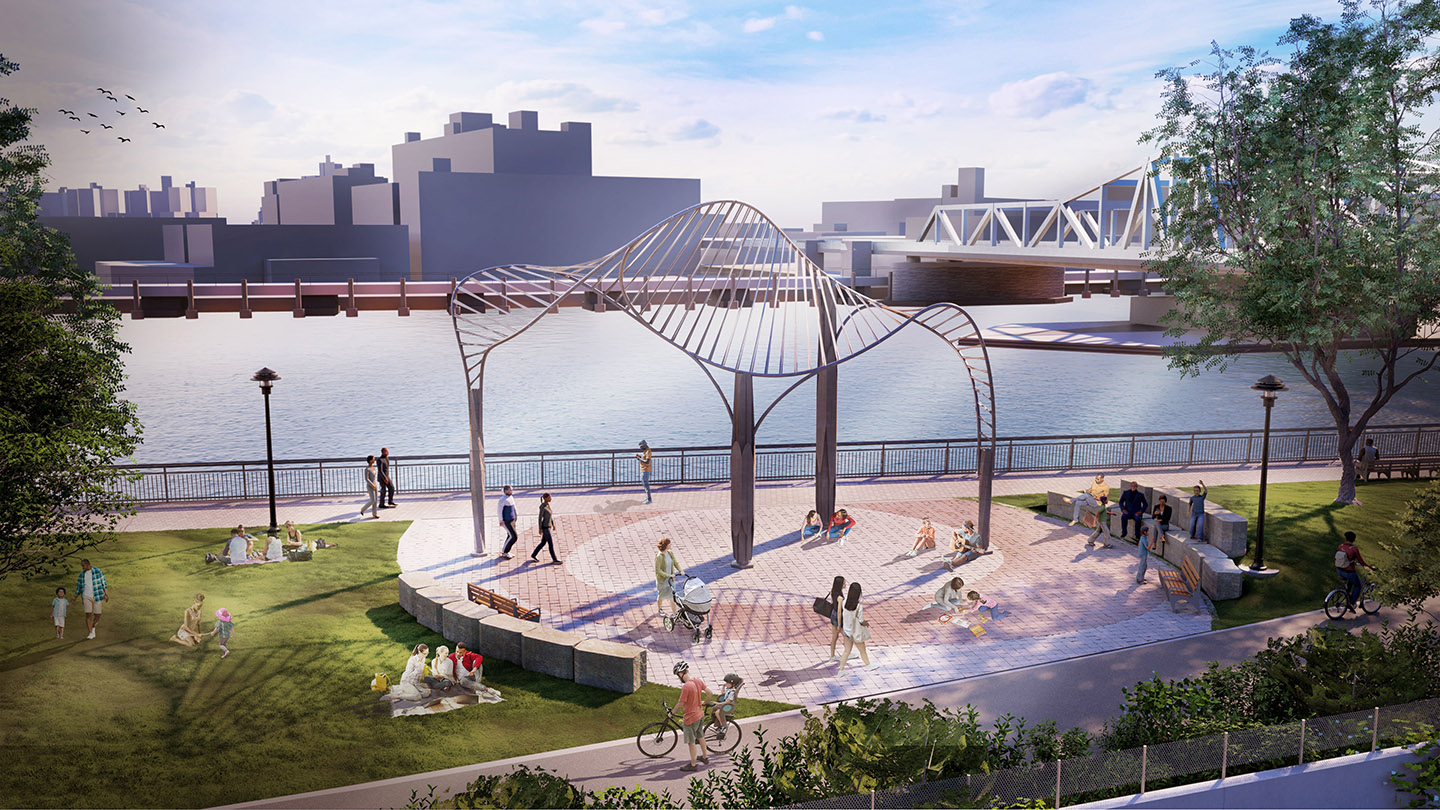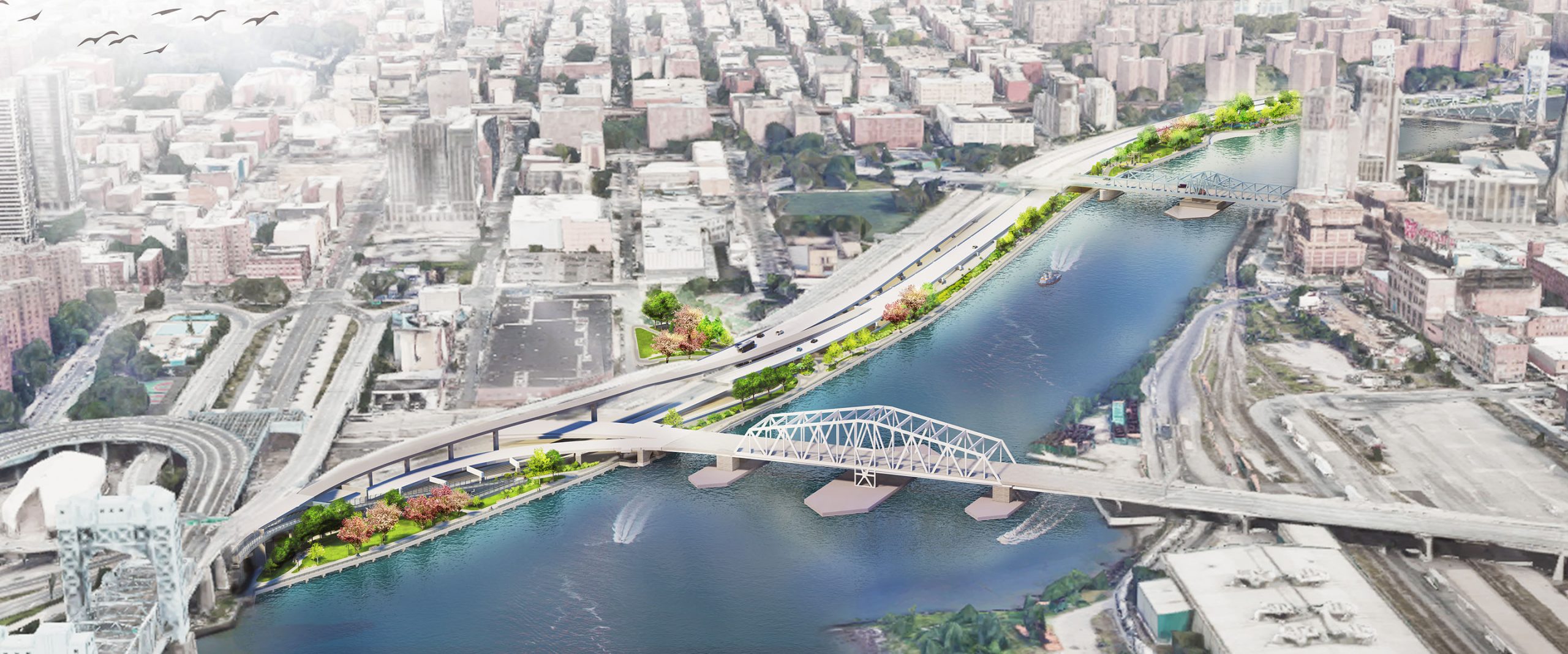
Completing a missing piece of the Manhattan Greenway, this project creates seven acres of waterfront open space in East Harlem. Community engagement has been at the heart of the planning and design process. Over the past seven years, Starr Whitehouse has collaborated with neighborhood organizations, elected officials, Community Boards 10 and 11, the local... Continue Reading
Completing a missing piece of the Manhattan Greenway, this project creates seven acres of waterfront open space in East Harlem. Community engagement has been at the heart of the planning and design process. Over the past seven years, Starr Whitehouse has collaborated with neighborhood organizations, elected officials, Community Boards 10 and 11, the local arts and cultural community, and the general public to restore the Harlem River waterfront as a community asset and ecological resource for the neighborhood. New pedestrian and bicycle connections will link this historically disconnected community to the water, and add regional connections to the Bronx, Randall’s Island, and workplaces downtown. Starr Whitehouse has been working on the park since 2016, beginning with conceptual planning for NYC Parks, through current construction documentation for NYC EDC as part of larger bulkhead reconstruction work led by Langan Engineers. Crossed by several bridges and situated on top of the platform and bulkhead undergoing reconstruction, the 4,000 LF park is an infrastructural challenge. Its new design features safe waterfront access, passive and active recreation for all ages and abilities, and native, flood-resilient landscapes—all designed with NYC Parks standard details. Amenities include adult fitness, lawns, a playground, a BBQ area, and a new public artwork by artist Eto Otitigbe.



